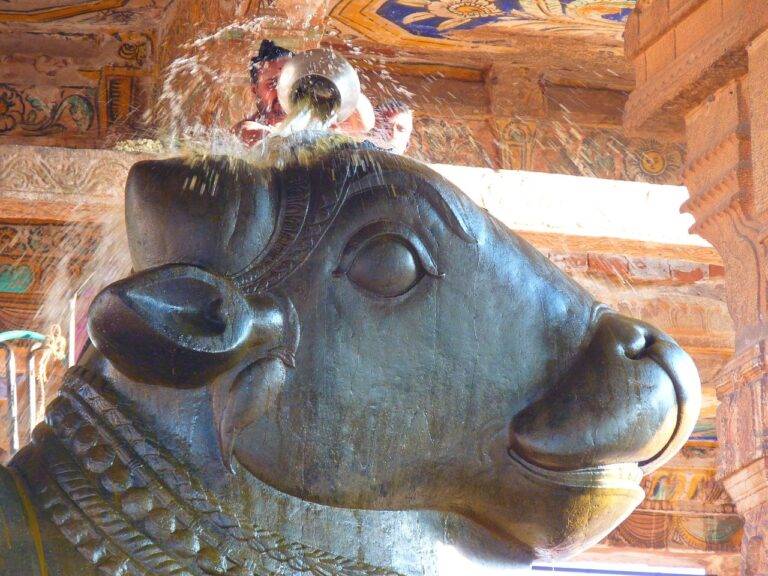Assessing the Role of Political Action Committees (PACs) in Federal Elections
Political Action Committees (PACs) are organizations that pool campaign contributions from members and use the funds to support political candidates or causes. PACs can be formed by corporations, labor unions, trade associations, or other groups interested in influencing the outcome of elections. These committees are required to register with the Federal Election Commission (FEC) and adhere to regulations regarding donation limits and disclosure of contributions.
PACs play a significant role in shaping the political landscape by providing financial support to candidates who align with their interests. While some view PACs as a means for special interests to exert undue influence over elections, others argue that they are essential for ensuring that diverse voices are heard in the political process. As PACs continue to evolve and adapt to changes in campaign finance laws, their impact on elections remains a topic of ongoing debate among policymakers and the public.
The History of PACs in Federal Elections
Political Action Committees (PACs) have played a significant role in shaping federal elections in the United States. Established in the wake of campaign finance reforms in the 1970s, PACs were created to raise funds to support political candidates and causes. Initially, these committees were formed by corporations, labor unions, and interest groups to pool resources and influence the outcome of elections.
As the number of PACs grew over the years, their impact on federal elections became more pronounced. PACs quickly became major players in campaign financing, contributing millions of dollars to candidates who aligned with their interests. This influx of money raised concerns about the influence of PACs on the political process and led to ongoing debates about campaign finance reform.
What are Political Action Committees (PACs)?
PACs are organizations that raise and spend money to elect or defeat political candidates. They can donate funds directly to candidates or run independent campaigns to support or oppose candidates.
When were PACs first introduced in federal elections?
PACs were first introduced in the 1940s, but they gained significant prominence after the passage of the Federal Election Campaign Act in 1971.
How do PACs raise money?
PACs raise money through donations from individuals, corporations, and other organizations. They are limited in the amount they can receive from each donor, and they must disclose their donors and expenditures to the Federal Election Commission.
What is the role of PACs in federal elections?
PACs play a significant role in shaping the outcomes of federal elections by influencing public opinion, supporting candidates through campaign contributions, and funding independent expenditure campaigns.
Are there any restrictions on PACs in federal elections?
PACs are subject to regulations and restrictions on the amount of money they can donate to candidates, as well as rules regarding disclosure of their donors and expenditures. They are also prohibited from coordinating directly with candidates or their campaigns.





